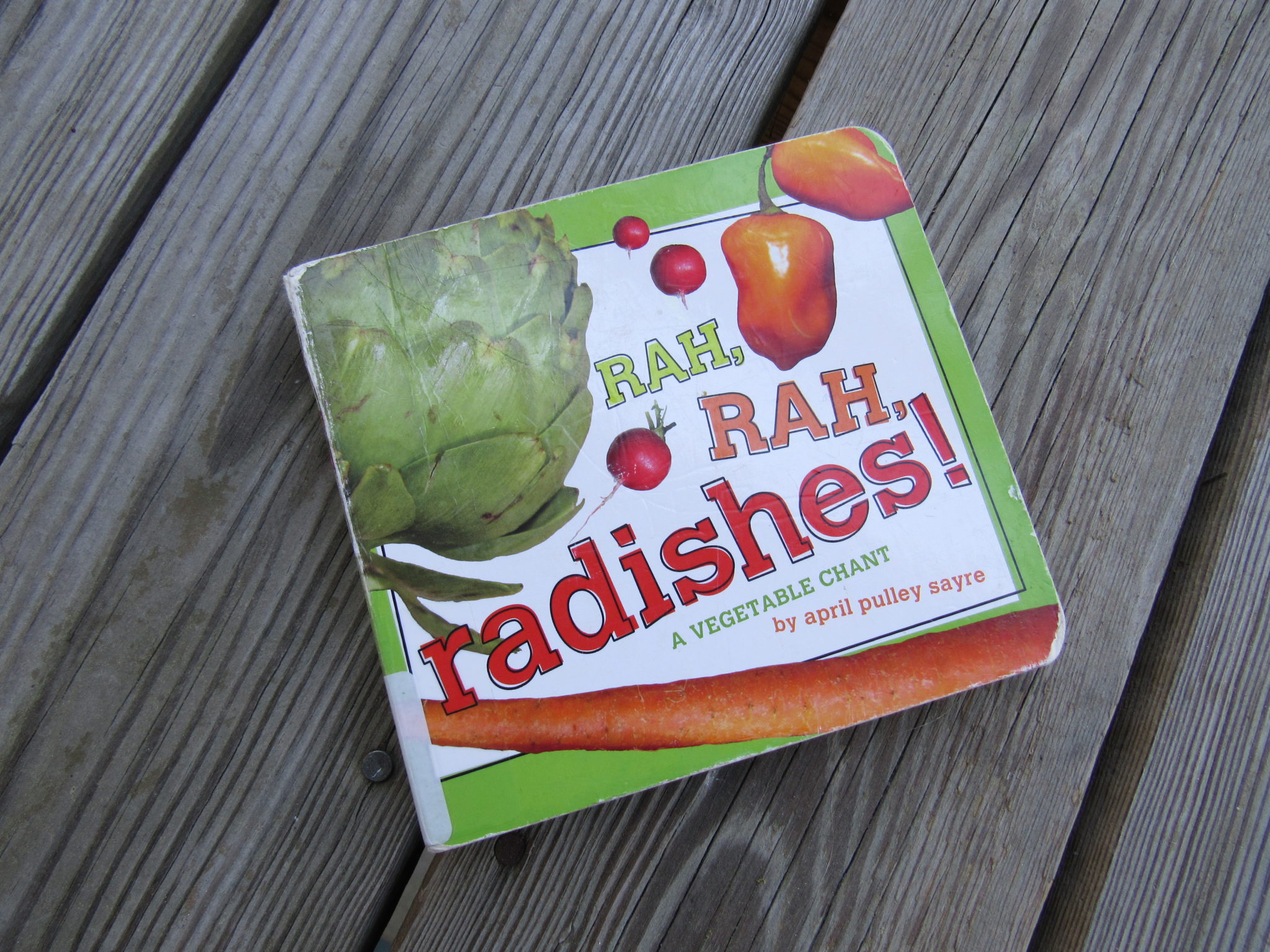Creating a workout routine sounds relatively simple. You decide an activity you want to do, determine how long you want to do this activity, identify what days you will perform the activity and then POOF!!, you just do it. Right?? Well, I have found it is not always as easy as it sounds and the exercise plan, while necessary, doesn’t always work out. Imagine that, life happens!
Good intentions are fantastic but until they are executed, they are only an idea. And, if that exercise idea simply sits in our head, it tends to cause guilt and condemnation about all that we should be doing. It is actually quite frustrating and over time, can really begin to damage our confidence in following through on a heartfelt goal.
We want to go on a walk, or attend the dance class with our friend or get to the gym for some weight lifting, but making it happen, well, that is a bit challenging, maybe even complicated. Agree?
Three years ago I had a great exercise routine going for me. With consistency and energy, I invested 45-60 minutes, 5-6 days per week, including a variety of cardio and strength training. It was really a highlight of my day, becoming the perfect way to shake off any stress and tension at the end of my day. I even continued a modified version of my routine all through pregnancy, which really helped me stay energized, gain appropriate weight and balance my emotional well-being as I watched my body take on a shape it had never known.

But after having my little girl, all of my good exercise plans were constantly interrupted. They simply stayed “good intentions.” For weeks and months I struggled with getting in even a 15-30 minute workout. With a daughter who only wanted to sleep on mommy and the rest of the time was eating, pooping or crying, it was a constant struggle to get away for a few minutes to invest in me. I felt like I kept making plans only to meet opposition every day.
Resistance. It is downright aggravating!! But not only that, it often wears down our determination, perseverance and desire.
Sometimes we give it power and instead of re-evaluating our plan, we just keep trying to defend the plan. We play the victim card, claiming that life is just not on our side and keeps throwing us curveballs that veer us off our predestined path.
But, maybe we need to ask if the plan is ineffective? Maybe we need to find a way to re-work or redesign the plan to fit now. For me, I kept looking for time away from my daughter to call it exercise. Essentially, I had a definition in my mind of what exercise looked like for me that was based on my pre-baby routine and that is what I struggled to obtain. My hour long walk trying to stroll her off to sleep didn’t pass my definition of exercise.
But the problem is that for many weeks, I tried to fit my current situation into my past plans. It was actually quite crippling. It prevented me from creatively thinking through other ways of exercising.
That which I craved-ME time- was obsolete (at least for a season). Instead, I needed to think about how to reconfigure consistent workouts to include my daughter.
- I needed to redefine exercise for a postpartum mommy.
- I needed to acknowledge my efforts to move more.
- I needed to talk with my husband about feasible mommy time.
Maybe a 30 minute solo work out wasn’t realistic for weekdays but maybe they were on weekends, when my husband was home.
I needed to adapt or I would stay in an uncomfortable place of guilt and angst.
Have you ever found yourself in a similar place? Where you have an idea in your head but you can’t find a way to execute it regularly? It is no fun to feel like you are always struggling up the mountain never gaining momentum, rhythm or traction!
My exercise routine has changed SEVERAL times since having McKaela. Exercise does not look like it did 3 years ago and I don’t know if it ever will. I have backed away from my old definitions of what exercise looks like and begun to adapt in each season.
What I have learned is that once I begin experiencing more and more resistance to following through with my current routine, I need to step back and evaluate my lifestyle, commitment, schedules and priorities. Then I begin tweaking until I find a realistic “new” norm.
Change- love it or hate it…it is going to happen. Once I stopped seeking and striving for what wasn’t working OR what used to work OR what worked for someone else, I began to embrace what I could do and became more clever in finding a solution that fits with my health values.
This isn’t about about giving ourselves an opportunity to allow busy lives to excuse us from intense or frequent exercise. On the contrary! It is about identifying roadblocks that halt our progress and aren’t going away. They will continue to halt our progress. So we need to find a new route, a detour- if you will, to the same destination- YOUR FITNESS GOALS.
It is about considering activities, times, methods, and patterns that may or may not work within our lifestyle. It is about re-designing, now and many times in the future, a workout pattern that will work for you, not against you.
Many times I have felt like life was working against me, when in reality, I just needed to reclaim my time and reschedule it.
Are you a square peg trying to fit yourself into the circular routine of yesterday? Stop the struggle. Enjoy the freedom to create an exercise routine that really works for you! It doesn’t need to work for anyone else and no one knows exactly what will work for you EXCEPT YOU. There is no guilt or shame if the routine that works for now isn’t the same as it was 2 years ago or even 2 months ago. It’s OK. Guilt will hang around as long as we let him. Choose to adapt. Toss out your old expectations. Renew your mind and evaluate your plan.
As you think through your old expectations and definitions and begin to brainstorm your new and fresh activity plan, I encourage you to write it down. Research suggests that the simple act of writing down a plan or goals is a powerful step in making them happen. It also serves as a written reminder of what you intend to do and can be physically modified to show a change in your plans. It may help you troubleshoot and think through the potential hurdles so that you can maneuver around them instead of loose momentum when they show up. Consider,
- What will you do if an activity or meeting interferes with your work out?
- What will you do if a person asks for your time or attention during exercise time?
- What will you do if you are exhausted?
- What will you do if you are traveling or out of your usual environment?
The dictionary defines adapt as “to adjust oneself to different conditions, environment, etc.” It sounds easy but it means being thoughtful, intentional and flexible.
Becoming willing to re-invent my schedule was a liberating change. The once “morning exercise hater” now loves getting it done and out of the way before my daughter calls my name from her crib. I run less and do a variety of aerobic and strength exercise more. I focus on quality and intensity, not time. Some days it is only 20 minutes and other days I get in a solid 45. I stopped shaming myself for not following the dedicated, gym plan and started praising myself for moving my body in a way that promotes mobility, energy, and longevity.
Stick to your vision but adapt your plan. — Brian Maggi
TRUTH: See, I am doing a new thing! Now it springs up; do you not perceive it? I am making a way in the wilderness and streams in the wasteland. –Isaiah 43:19 (NIV)


















